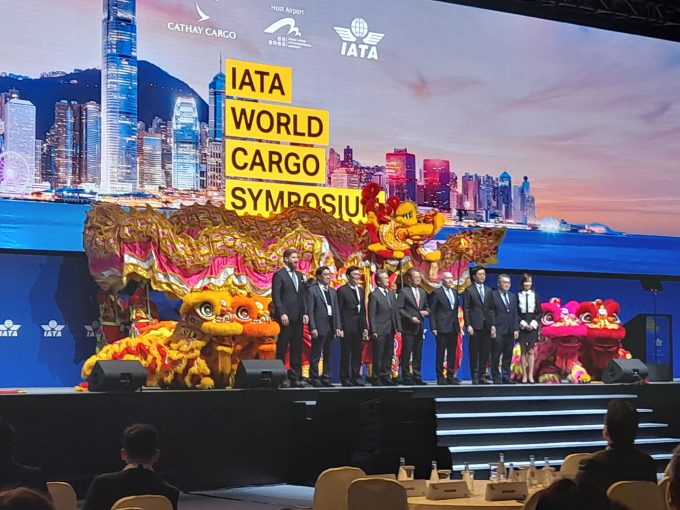A dark tale – the paradox of St Petersburg's port throughput
Making sense of Russian container movements

IATA’s World Cargo Symposium (WCS 2024) kicked off this morning with a riot of colour in Hong Kong.
Local bigwigs – and IATA’s DG, Willie Walsh, and head of cargo, Brendan Sullivan – stood awkwardly on stage, circled by splendid lions in their traditional dance; and, after gloomy weather had covered the islands, the clouds finally lifted to reveal a sunlit cityscape.
It is the biggest gathering in air cargo in history, apparently, with some 1,900 registrations. Proof, according to Mr Walsh, ...
Volcanic disruption at Anchorage could hit transpacific airfreight operations
Macron calls for ‘suspension’ – CMA CGM's $20bn US investment in doubt
De minimis exemption on shipments from China to the US will end in May
Forwarders stay cool as US 'liberation day' tariffs threaten 'global trade war'
Looming Trump tariffs will create 'a bureaucratic monster' for Customs
Mixed response in US to 'Liberation Day', while China leads wave of retaliation
Tariffs and de minimis set air freight rates on a volatile course

Comment on this article